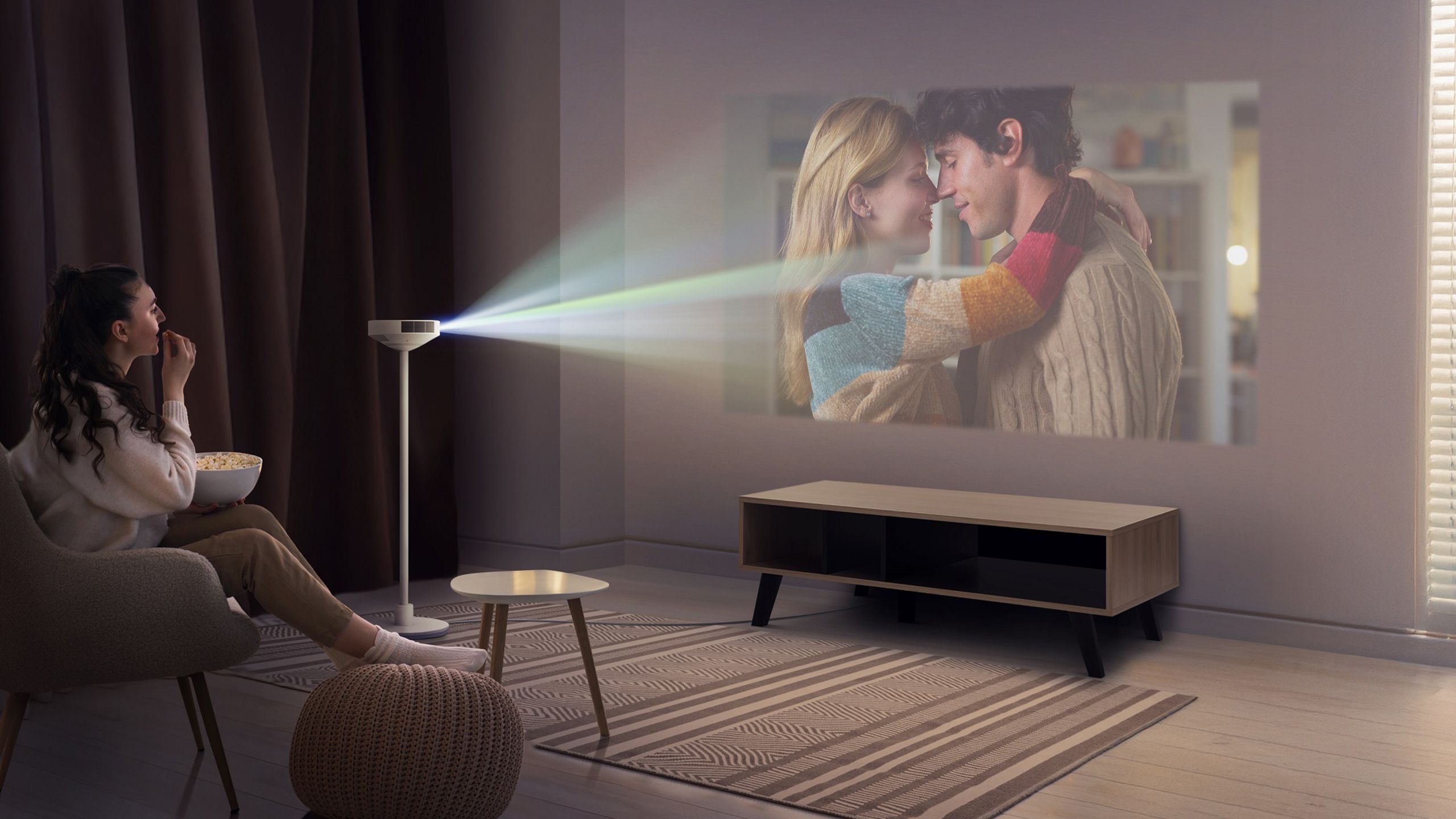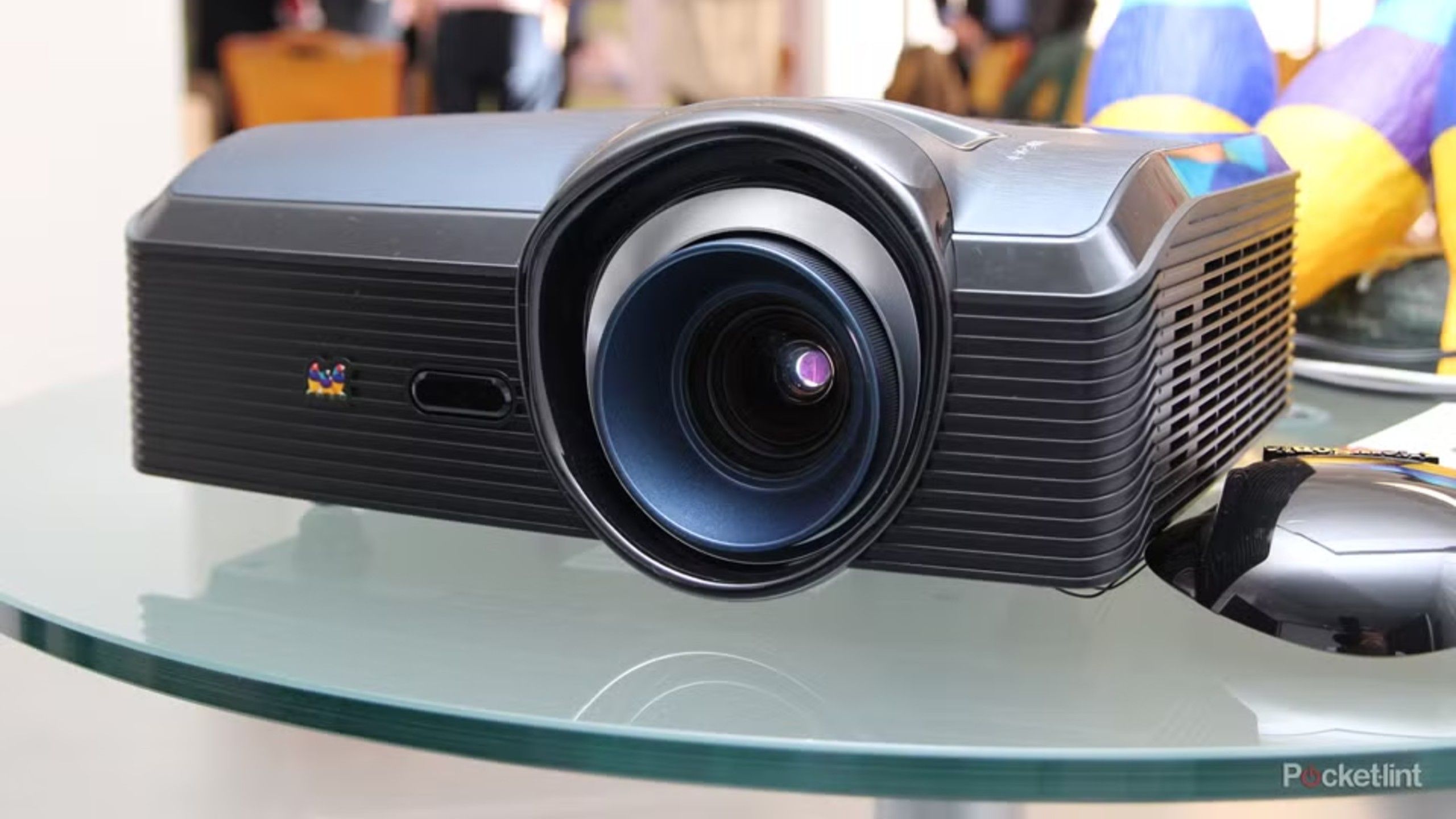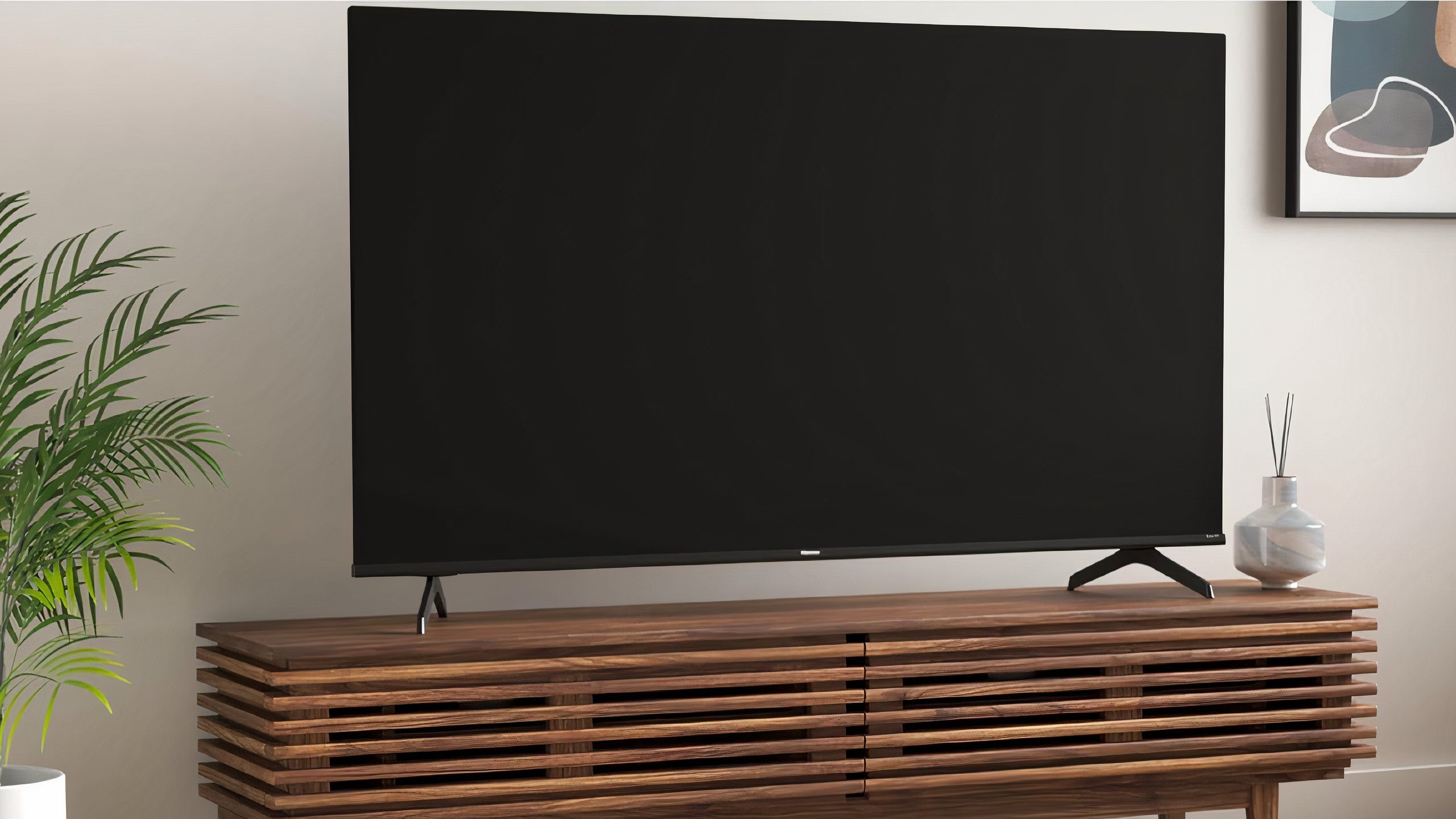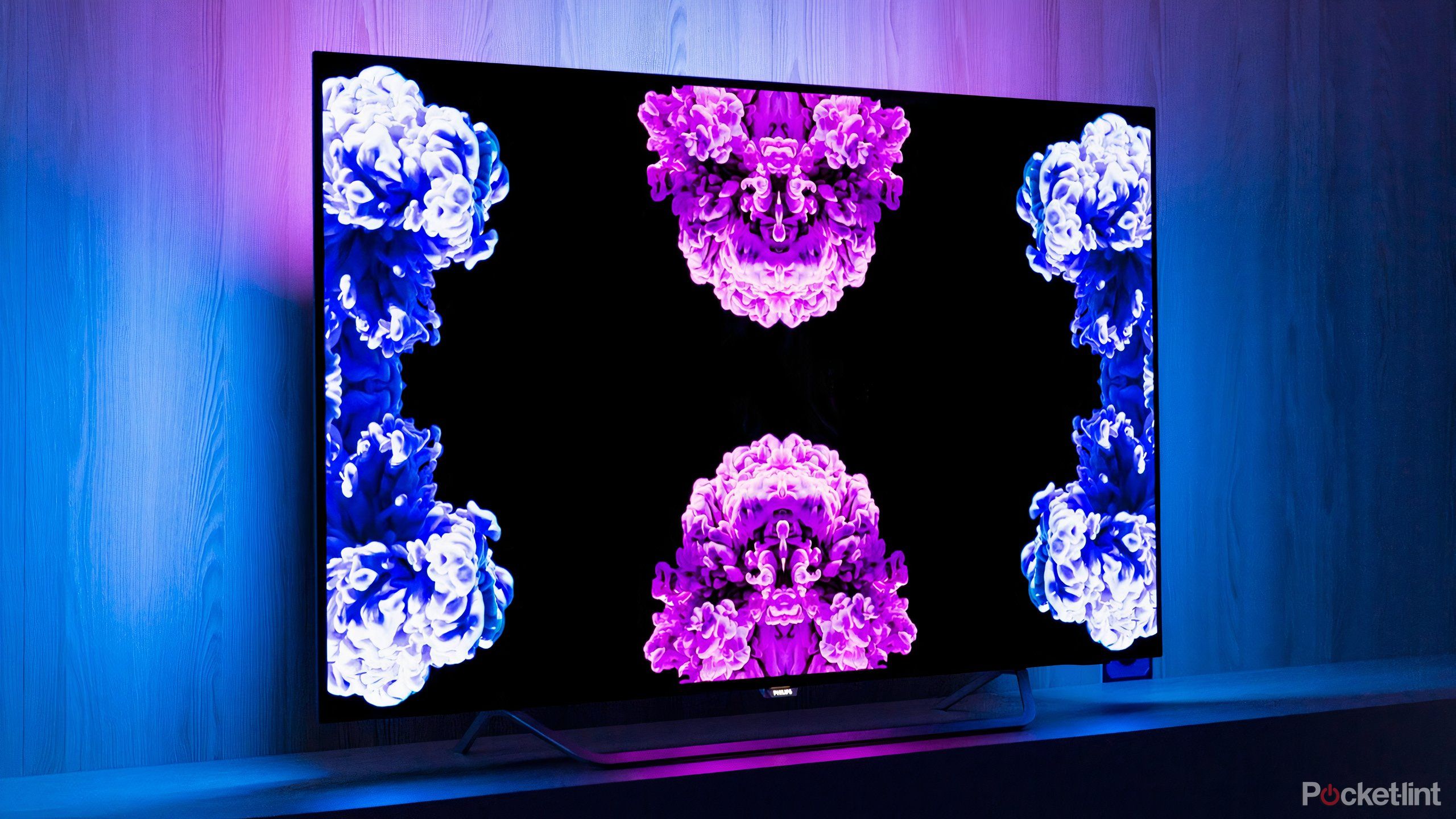Summary
- In terms of price to performance, many projectors just can’t compete with TVs in delivering enough brightness for sunlit living rooms.
- The cost of projectors often extends well beyond the base hardware, requiring tailoring the surrounding space.
- TVs measuring 65 inches or larger are now relatively affordable, often making for a better value proposition unless image size is everything.
The appeal of a projector is obvious — maximizing the immersion of movies and TV shows using the largest possible image size. Indeed, the only viable way of making movie theaters work. Typical theater screens average about 45 to 65 feet wide, and around 20 to 30 feet high. Samsung’s cheapest 98-inch LCD TV is $2,500 — it would be prohibitively expensive to scale that up, never mind using more advanced technologies like OLED or micro-LED.
In my own home, though, smart TVs reign supreme, and they’re likely to continue holding the throne for the foreseeable future. There are a few reasons why, some of which you’ve likely guessed. In any event, you might want to consider these factors before you start building your dream home theater setup.
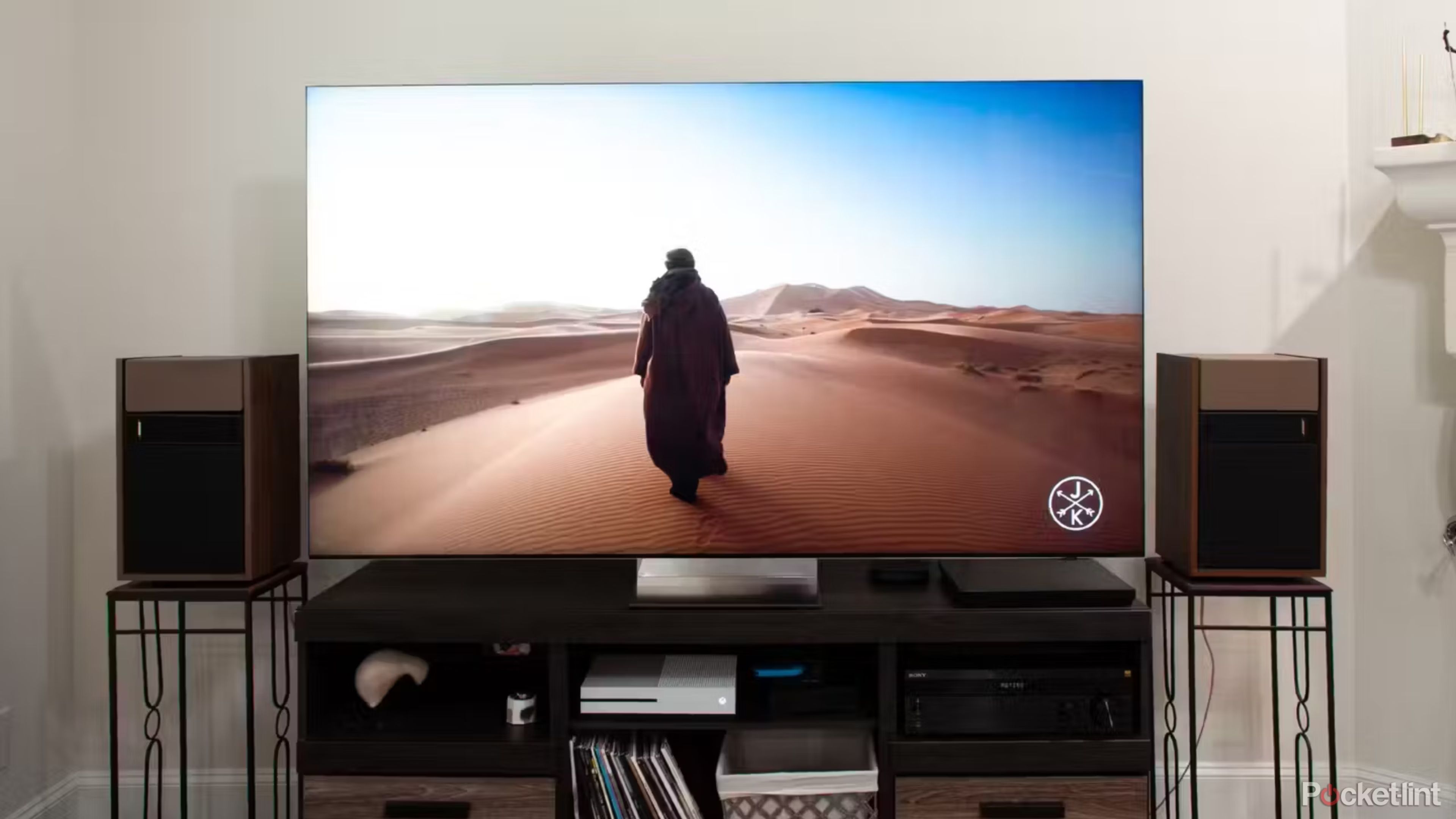
Related
5 Samsung TV settings I change right away
Make sure to fix these things before you settle down for a movie marathon.
1
Most projectors still aren’t bright enough for the living room
It’s tough to outshine the sun
LG
To be fair, projectors have come a long way. Some laser-based units are powerful enough to overcome the conditions of ambient sunlight. But many models are still lamp- or LED-based, since lasers can be prohibitively expensive for the average person, and even the better laser models can have trouble competing against less expensive smart TVs. LG, for instance, sells a $4,000 laser projector capable of 5,000 lumens, but you can get a $1,900 Sony Bravia mini-LED TV rated at over 7,000. Images on that mini-LED set will always look punchier, particularly when it comes to HDR (high dynamic range) content.
There’s an obvious convenience to being able to flip on a TV in any scenario and have it look fantastic.
Brightness doesn’t matter so much if you can set up a “true” home theater where sunlight is blocked out. In my own space, though, that would be difficult. And even if it were easy, there’s an obvious convenience to being able to flip on a TV in any scenario and have it look fantastic. Without enough power, and/or a screen designed to reject ambient light, a projector image is often going to look washed out.
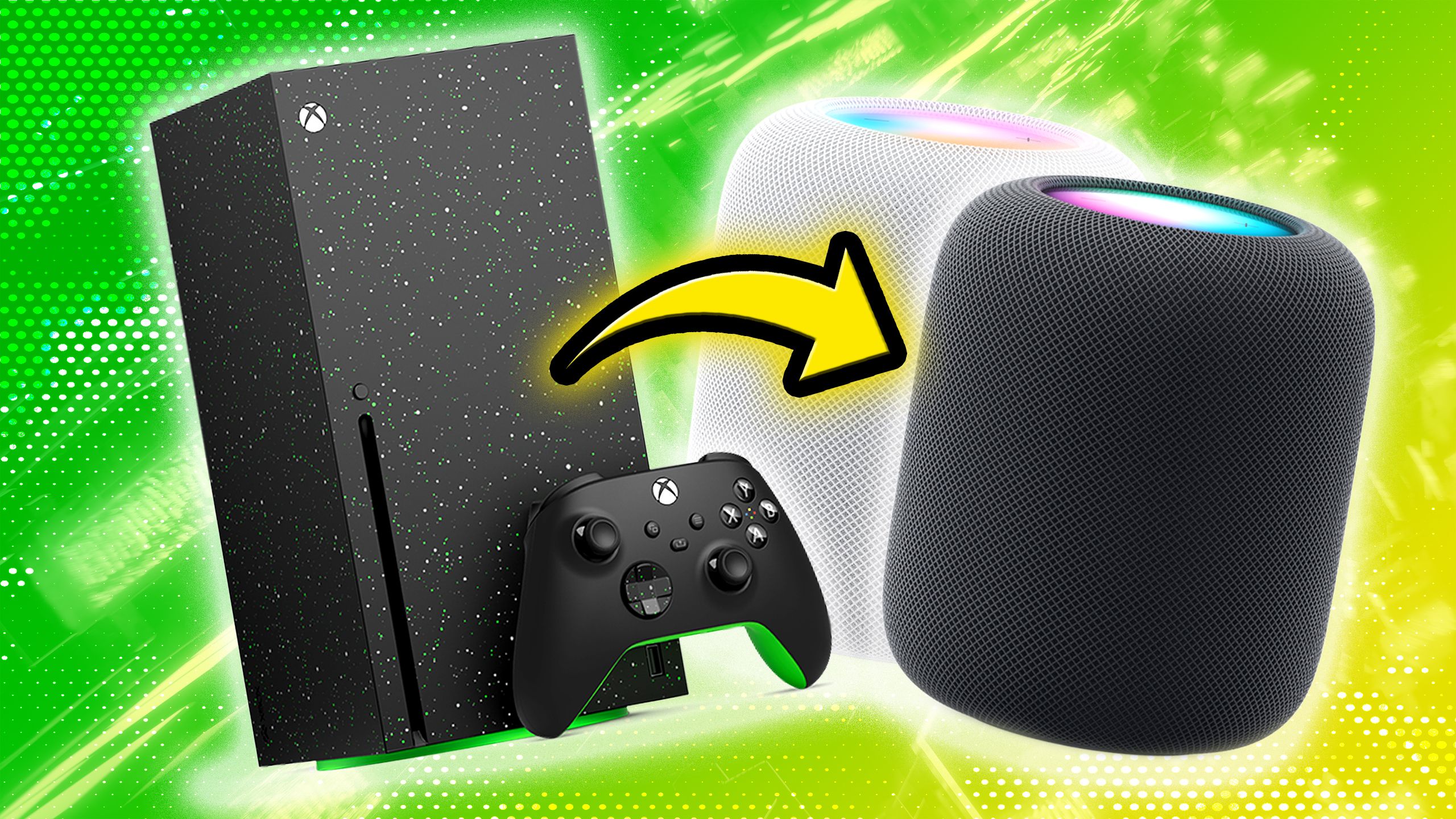
Related
This trick got my Xbox and Blu-rays to play nice with my HomePods
There may be some hurdles involved, and you’ll be more closely welded to the Apple ecosystem.
2
The cost of a projector extends beyond the basic hardware
An alternative to TVs can quickly become a way of life
No matter how much you’ve spent on the projector itself, you’re not done yet. At a minimum, you’ll want a specially-designed screen to project images on, which can cost you $150 to $300 or more. You’ll probably also need to mount your projector somewhere, whether it’s on a stand or the ceiling, and string long cables appropriately (assuming you’re not using an ultra-short throw device). If your room has windows, you may need to invest in blackout curtains.
There are, of course, secondary costs associated with a smart TV as well, such as entertainment centers and/or wall mounts, but you rarely have to change the makeup of a space to get the best out of one. And I haven’t even touched on maintenance — while it’s not much of an issue with laser projectors, lamp-based models need replacement bulbs every few years, sometimes costing upwards of $100 a pop. It’s difficult for me to justify the cost of doing projection right when I can spend $1,500 or less on a TV setup and be good for the next decade.
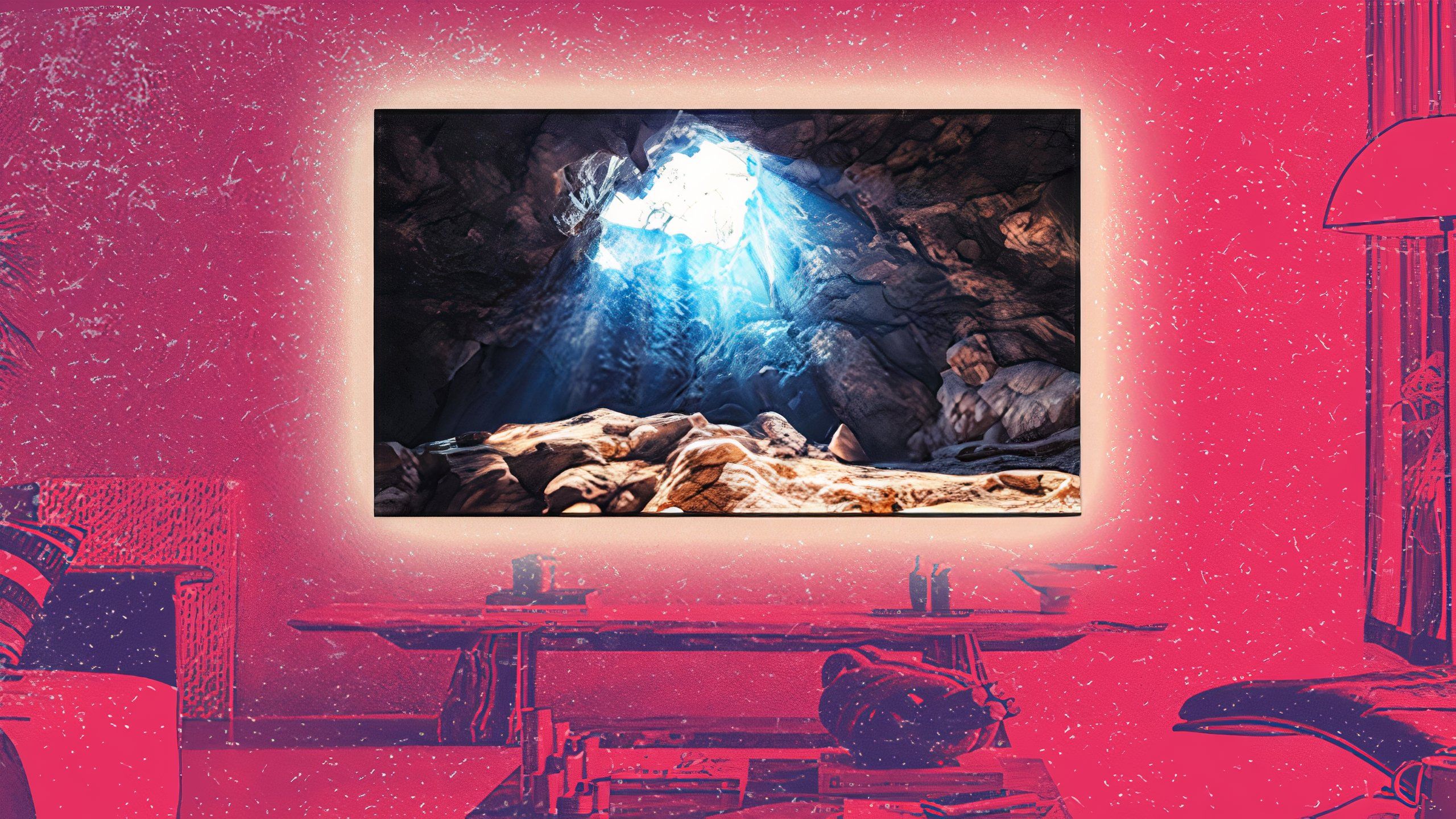
Related
4 ways I make movie night at home better than the cinema
If you’re going to stay home, you can still do movies justice, but you’ll need the right tech.
3
Big(ger) TVs have become surprisingly affordable
Is it really worth it to be a size purist?
Amazon
When I bought my first smart TV in 2011, I counted myself lucky to get a 40-inch, 1080p LCD model for less than its $1,200 asking price (without adjusting for inflation). Sets measuring 50 inches or more were available, but these were often priced in cinephile territory — as in you’d have to put a high priority on movies to justify the hit.
A 65-inch TV is plenty big if you’re sitting six feet away.
Fast-forward to late 2024, when I was able to pick up a 65-inch, 4K mini-LED TV for roughly $620. A 65-inch screen is plenty big if you’re sitting six feet away, and in 2025, it’s not difficult to find a 75- or even 80-inch LCD set for less than $1,000. I’d actually suggest spending more on mini-LED or OLED technology than raw size, but the point remains that you don’t have to spend a fortune on a TV to get an incredibly immersive experience.
A part of me will always relish the idea of a projector screen measuring 120 inches or larger, since I like the idea of a movie taking complete control of my wall. But I care about value even more.
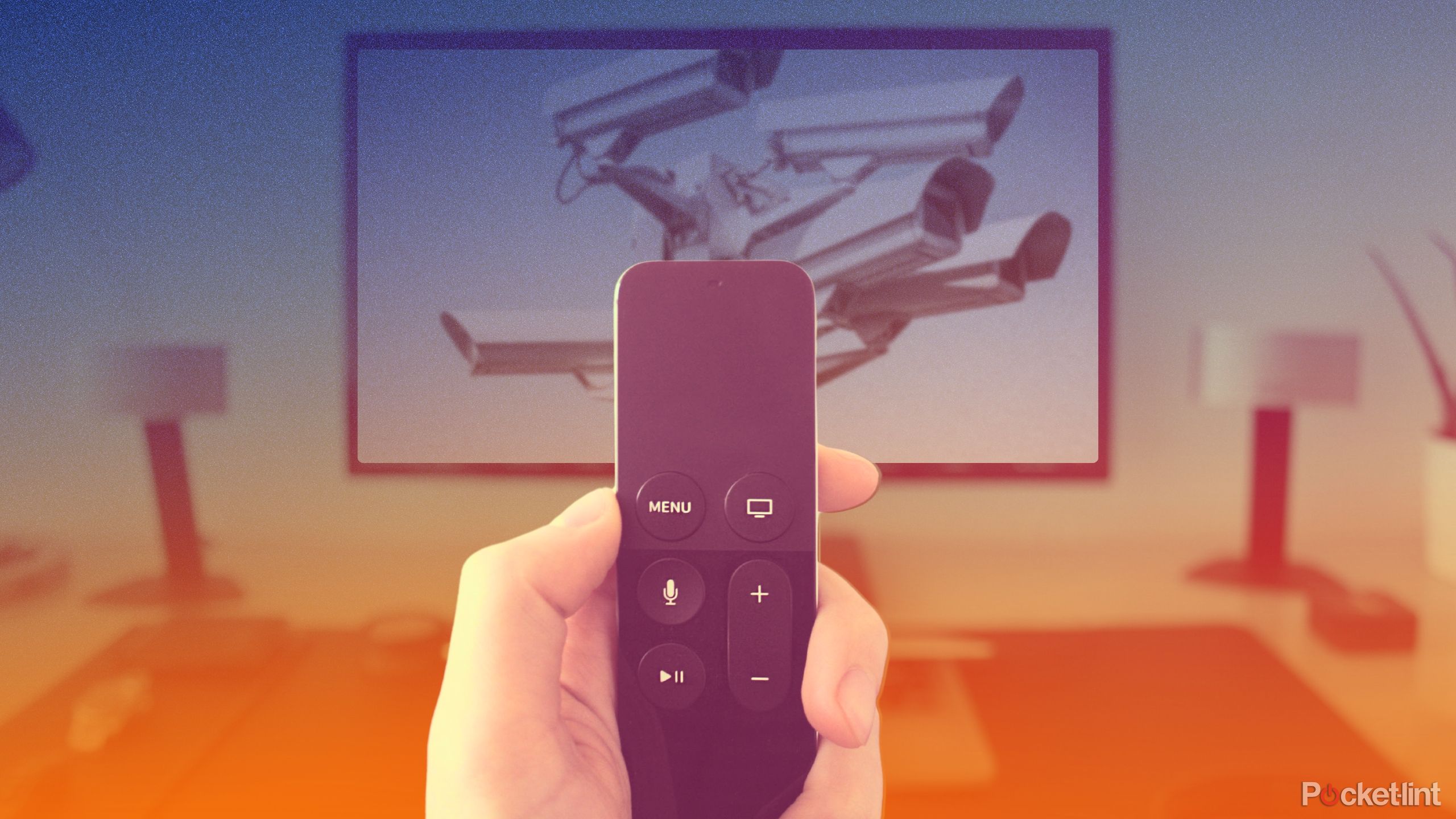
Related
Apple TV helped me escape an ad-infested hellscape
It’s a small act of rebellion in a market where your data is flying everywhere.
4
Smart TVs hold the edge in quality
With one significant exception
It’s not just brightness where projectors struggle to compete with TVs — they often fall short in areas like sharpness, contrast, and HDR performance. Their output is hardly unwatchable, but you’ll never get the full quality possible with a QLED LCD panel, let alone OLED or micro-LED. Some of this is inherent to the medium. It’s tougher to project precise light over a distance, and the surface you’re casting images onto will ultimately define how things look. There’s a reason why movie theaters use purpose-built screens with materials like aluminum or glass beads instead of just projecting on cloth or a bare wall. Yes, there used to be literal silver screens.
Some people actually prefer projector image quality, since it can be pleasingly soft and less intense on the eyes.
That said, it’s worth throwing projector fans a bone here, no pun intended. Some people actually prefer projector image quality, since it can be pleasingly soft and less intense on the eyes. All smart TVs shoot photons directly at your eyes — you might want to give your vision a break if you’ve been staring at a monitor all day for work. It’s the same philosophy behind buying a dedicated e-ink device for reading despite the flexibility of smartphones and tablets. Who knows — maybe projectors will be advanced enough one day that the notion of a gigantic TV will seem ridiculous.

You might also like
Everything you need to know about PEVs, or personal electric vehicles
You can use PEVs like e-bikes and scooters to explore, run errands, or speed up your commute.





